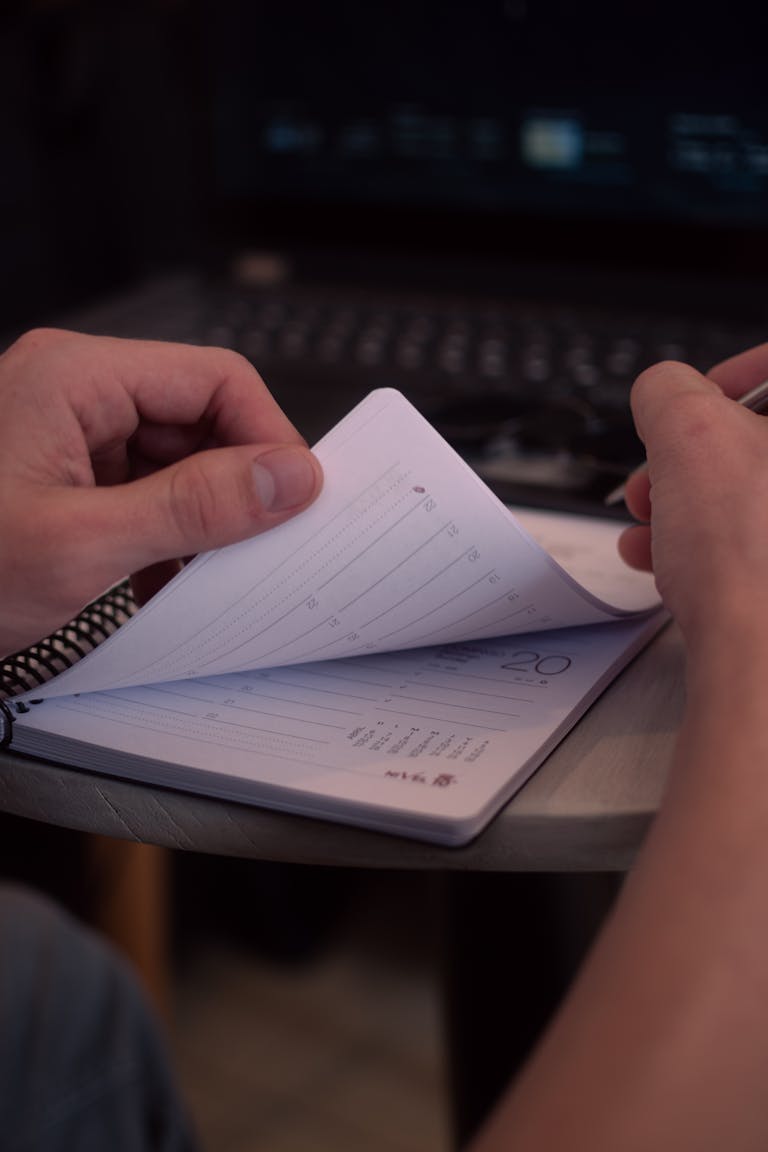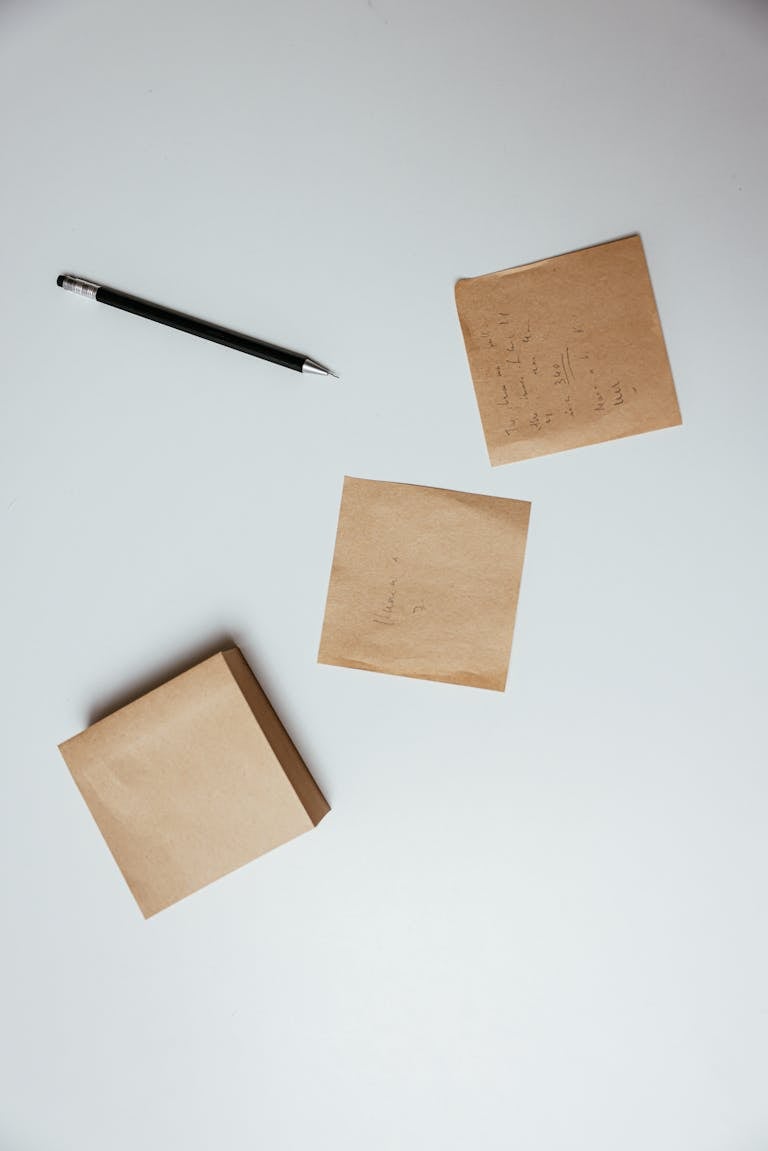Multitasking is praised everywhere — but science shows it’s often a trap.
The real secret weapon? Single-tasking.
Here’s how focusing on one thing at a time can supercharge your productivity and life.

1. Why Multitasking Fails
Your brain isn’t designed to handle multiple demanding tasks at once.
When you switch between tasks, you actually lose focus, make more mistakes, and take longer.
Multitasking = slower + lower quality work.
2. What Is Single-Tasking?
Single-tasking means committing your attention to one task, fully and completely, until it’s finished or at a good stopping point.
You immerse yourself — no email checking, no texting, no tab-hopping.
3. Benefits of Single-Tasking
- Better work quality: You think deeper and produce sharper results.
- Faster completion: No wasted mental energy from switching tasks.
- Reduced stress: You feel calmer and more accomplished.
- More creativity: True focus allows your brain to connect ideas better.
4. How to Start Single-Tasking
a) Prioritize Your Day:
List 3 important tasks, not 20. Focus on completing them — one at a time.
b) Time-Block Your Schedule:
Set specific time blocks to work on a single task without interruptions.
c) Remove Digital Distractions:
Turn off notifications. Close unnecessary tabs. Use full-screen modes.
d) Use a Timer:
Set a 50-minute timer for deep work. Take a 10-minute break, then repeat.
5. Practice Mindful Work
When you notice your mind wandering, gently bring it back to the task.
Mindfulness isn’t just for meditation — it’s a productivity powerhouse.
6. Celebrate Small Wins
Every completed task is a win.
Celebrate crossing things off your list — it keeps you motivated for the next focus session.
Q: Isn’t multitasking necessary sometimes?
A: Only for automatic tasks (like listening to music while folding laundry). For anything requiring thinking or creativity, single-tasking is far better.
Q: How do I deal with interruptions during single-tasking?
A: If urgent, handle them quickly and return to the original task. If not urgent, politely defer and stay focused.
Q: How long should a single-tasking session be?
A: Ideally 45–60 minutes, followed by a short break to recharge focus.
Q: Can single-tasking help with burnout?
A: Absolutely — by focusing deeply, you achieve more in less time, reducing mental exhaustion and stress.
Challenge yourself:
Spend the next hour single-tasking — and notice how much smoother and more powerful your work becomes.

I’m EKBAL HOSSAIN MONDAL, the creator of SmartSolveTips.com — a blog dedicated to helping people improve productivity, avoid digital burnout, and live better online. With years of hands-on experience in self-development and digital wellness, I write practical tips and tools to help you stay focused and thrive in a fast-paced digital world.






